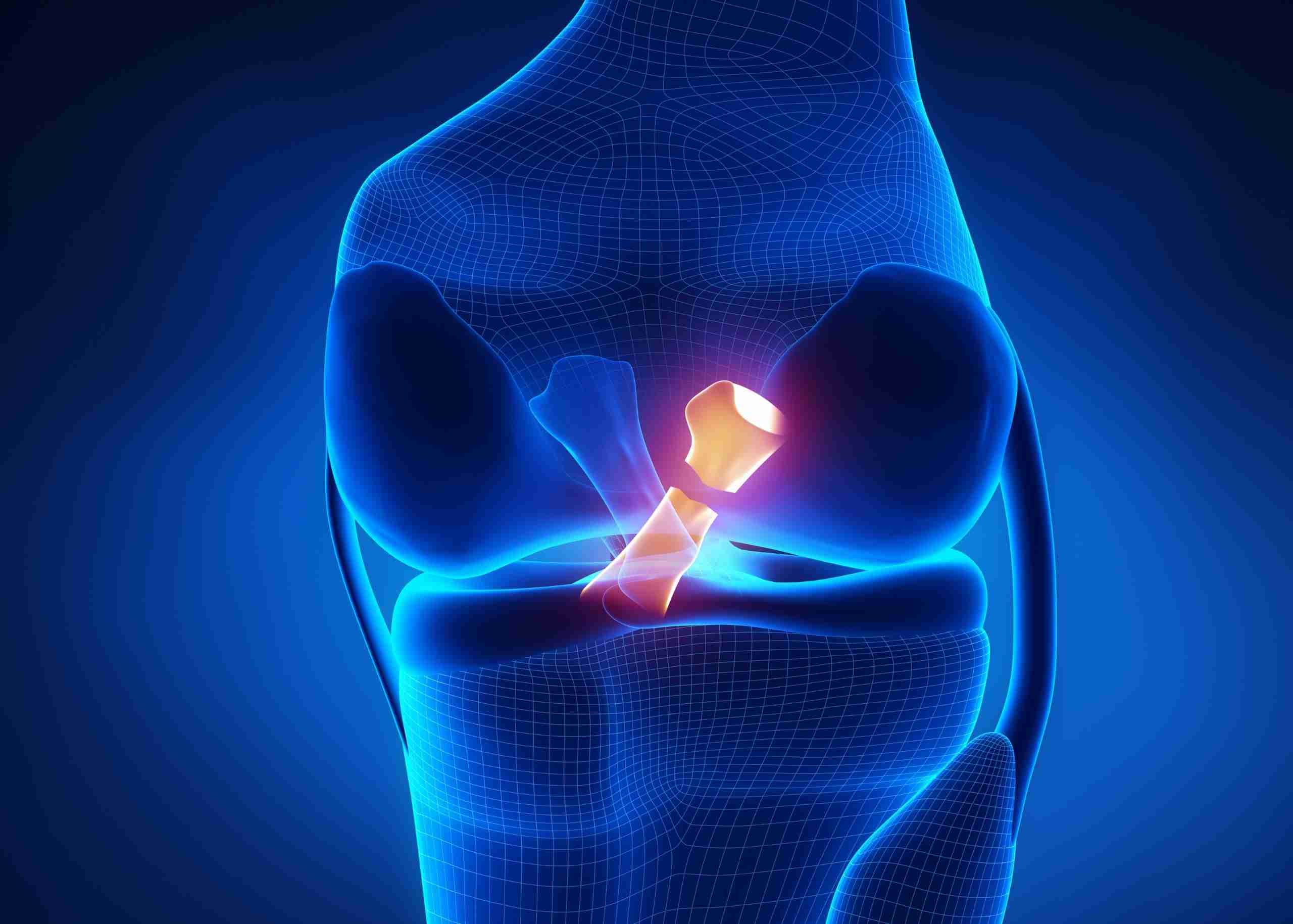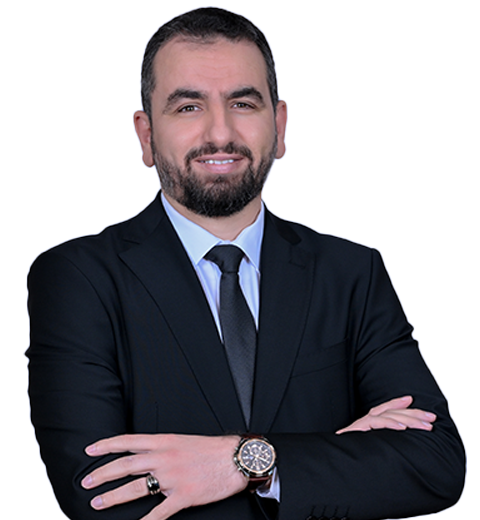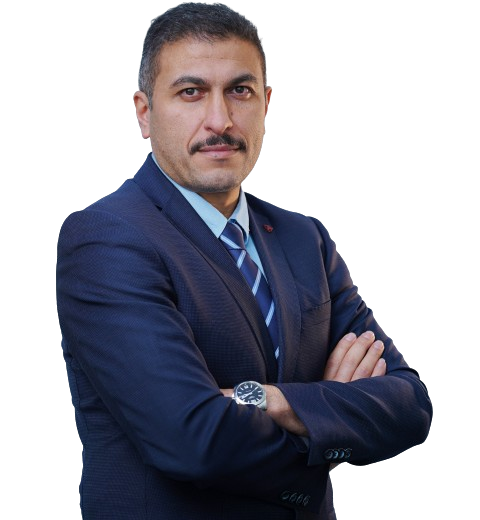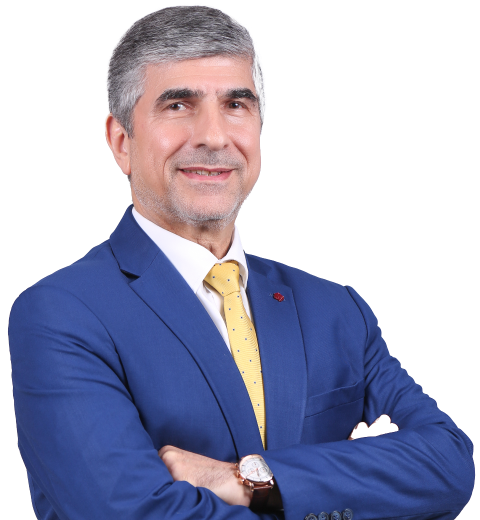PCL injury is common in sports that require high knee flexion and pivoting, such as soccer, basketball, skiing and American football. Most often, an athlete will hear or feel popping in their knee as the injury occurs.
What is the Posterior Cruciate Ligament (PCL)
The Posterior Cruciate Ligament (PCL) is one of the four major ligaments that connect your knee bones. It extends from the back of the tibia to the back of the femur, connecting them.
The PCL helps prevent hyperextension of your knee, which is when your leg bends backward past its normal range of motion. The PCL helps stabilize and protect your knee joint when you pivot, cut or change direction.
If you tear or rupture the PCL, it may not heal on its own. If this happens, you may need surgery to repair or replace your ligament with a tendon or cadaver tissue graft.
Causes of PCL Injury
Here are some common causes of posterior cruciate ligament injuries:
- Anterior knee pain—The anterior cruciate ligament is the most commonly injured knee. It can be caused by a blow to the front of the knee or by excessive flexion or rotation.
- Tearing a meniscus—This injury occurs when there is an imbalance between the muscles and ligaments in your knee, causing one side to be overstretched while the other is under-stressed. This can happen when you run on uneven ground or twist your ankle while playing sports.
- Age-related degeneration—As we age, our joints become more susceptible to injury because they lose cartilage over time and become less flexible. In addition to arthritis, this can also be caused by osteoporosis and gout.
Symptoms of PCL Injury
The symptoms of a PCL injury include:
- Pain around the back of your knee when you bend or twist it
- Swelling and tenderness at the back of your knee
- Instability in your knee when you try to move it forward, backward, or sideways
- Pain when doing squats or lunges
- An inability to straighten your knee completely.
Diagnosis of a PCL injury
A posterior cruciate ligament (PCL) injury is diagnosed based on a physical examination, including an evaluation of your pain and range of motion, as well as an assessment of the knee’s stability.
The doctor may ask you to bear weight on your leg or move it in various directions to see if there is any instability.
If you have sustained a knee injury, the knee surgeon will also test for pain by applying pressure over the affected area or asking you to stretch your quadriceps muscle, which runs along the front of the thigh.
The orthopedic surgeon may also request an MRI scan to confirm an accurate diagnosis and determine the injury’s severity.
Treatment for PCL Injury
Treatment for Posterior Cruciate Ligament (PCL) injury includes:
Crutches – You may need to use crutches for a while to help support your weight as you recover. You may be able to put weight on your leg but not move it until the swelling goes down.
Knee brace – If the ligament tear is severe, you may need a brace to keep the knee stable while it heals. The brace will keep your knee from bending too far or moving in ways that could damage the PCL.
Surgery is the most common treatment for a posterior cruciate ligament injury. During surgery, your knee surgeon will remove damaged tissue from your knee and replace it with new tissue. This can be done through open surgery or arthroscopic surgery.
Rehabilitation – After surgery, your doctor may recommend physical therapy to help strengthen your knee muscles and improve joint movement.
Surgery for Posterior Cruciate Ligament (PCL) Injury
Surgery for a PCL injury is usually done arthroscopically. This means that the knee surgeon will make only small incisions in your knee so that they can insert instruments through them and operate inside your knee joint without making any large cuts. The orthopedic knee surgeon will remove any loose tissue around your ACL and repair it with small surgical stitches called sutures, which will help hold it together while it heals over time. This procedure can be done as an outpatient procedure. Most patients return home within 24 hours after surgery with minimal pain medication requirements at home.
Physical Therapy for Posterior Cruciate Ligament (PCL) Injury
Physical therapy is a great first step in recovery from a posterior cruciate ligament injury. The physical therapist can help you learn how to move around and use your knee, as well as help you with exercises to improve strength and mobility.
The most important part of physical therapy is learning how to protect your knee from further injury by using the brace prescribed for you by your doctor. This will help prevent further damage to the ligaments and tendons around your knee.
Your therapist will work with you to help you regain movement in your knee without pain or instability and return to everyday activities as quickly as possible.
These exercises should be done daily, even if they are painful at first. Over time, these exercises will help build up the strength of these muscles to support your knee better when it is injured again in the future!
Preventing Posterior Cruciate Ligament (PCL) Injury
Posterior cruciate ligament injuries are a common and often devastating problem for athletes. But that doesn’t have to be you! Take these steps to reduce your risk of this type of injury:
- Stretch before you exercise. It’s important to stretch the muscles around your knee joint to be flexible and ready for action.
- Wear proper footwear when you exercise or play sports. You want to make sure your running shoes fit well and are comfortable and have good support for your feet and ankles.
- Warm-up before vigorous activity—this helps loosen up the muscles in your lower body so they’re ready for action without putting too much strain on them right away (which could lead to injury)
Managing Posterior Cruciate Ligament (PCL) Injury at Home
If you have injured your PCL, it is important to take steps to prevent further injury and heal properly. Here are some tips for managing PCL injuries at home:
- Rest your leg as much as possible
- Ice the area for 15 minutes every hour for the first 48 hours after the injury
- Use a compression bandage or brace for support and protection.
- Do not try to bend or straighten your knee more than 30 degrees for at least two weeks after an acute injury.
- Avoid sitting for long periods, especially on hard surfaces like concrete floors or stairs.
Suppose you have experienced knee pain and suffered a PCL injury of your own. In that case, you will likely need to visit an orthopedic knee surgeon for an accurate diagnosis—with proper treatment and rehabilitation, your PCL can heal, and your knee will likely feel in the best condition possible.
Our expert Knee Surgeons at Burjeel Hospital Dubai are western board-certified. They are experts in treating PCL and ACL Injuries. They perform all kinds of knee surgeries, including arthroscopic knee surgery, total knee replacement, partial knee replacement surgery, ACL reconstruction surgery, ACL revision surgery, cartilage transplantation, hamstring tendon repair, meniscectomy, osteotomy, ligament repair, knee dislocation, knee dislocation treatment, and surgery among other procedures.
Our Expert Orthopedic Knee Surgeons

Dr. Nader Darwich
Consultant Knee Surgeon
Burjeel Hospital, Dubai

Dr. Professor Erik Hohmann
Consultant Orthopedic Surgeon Sports Physician
Burjeel Hospital, Dubai

Dr. Matthias Honl
Burjeel Hospital, Dubai














